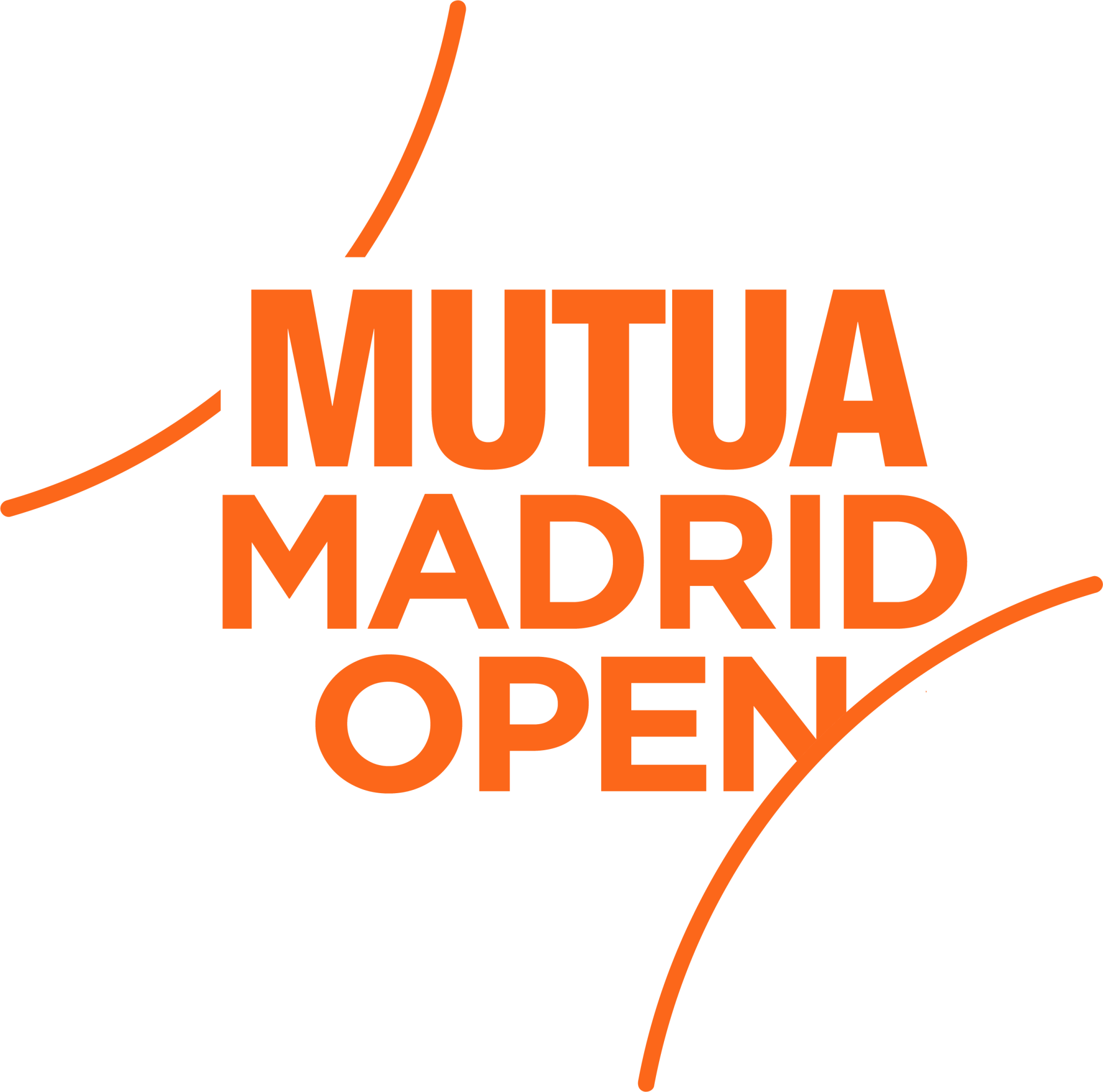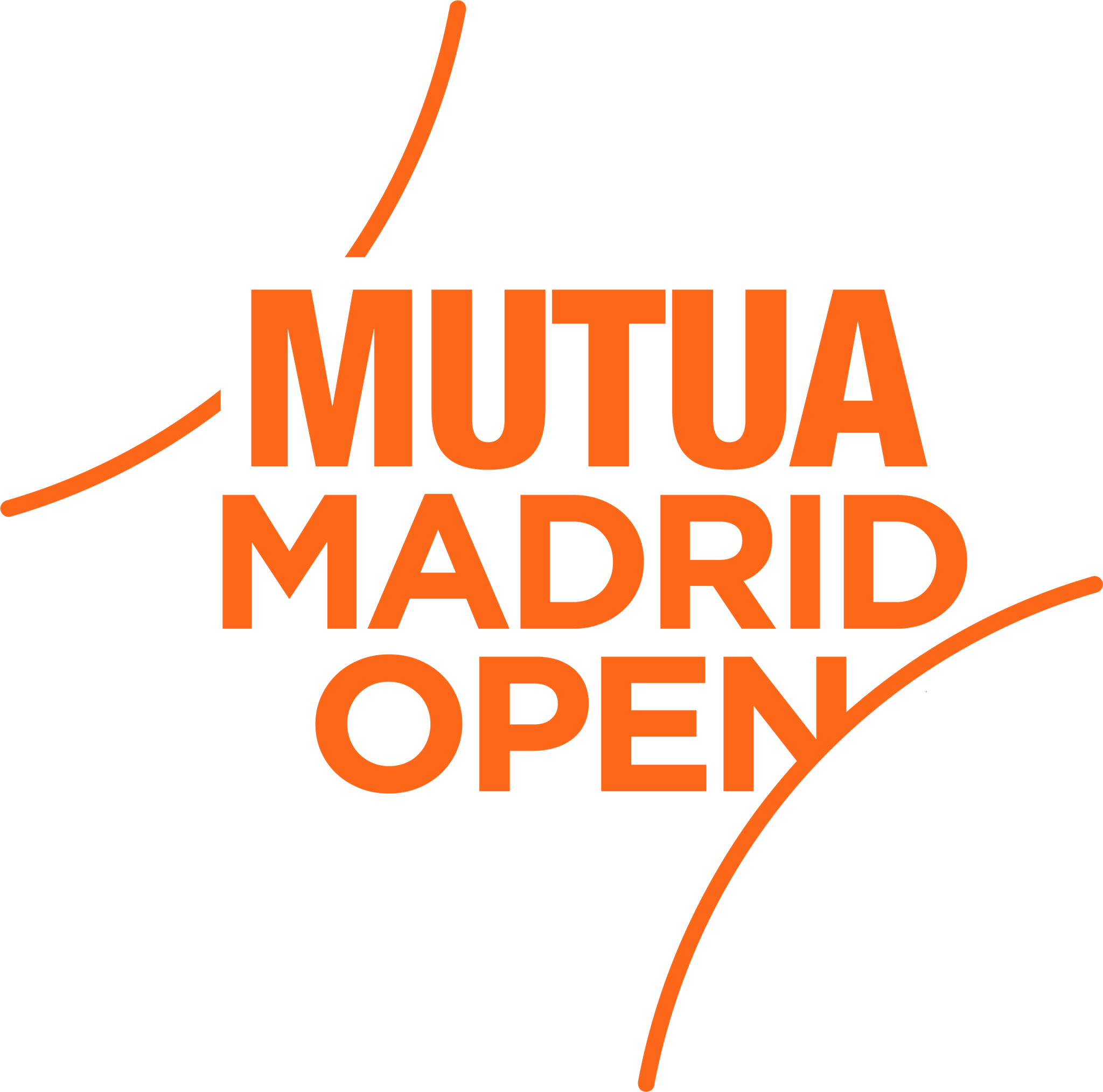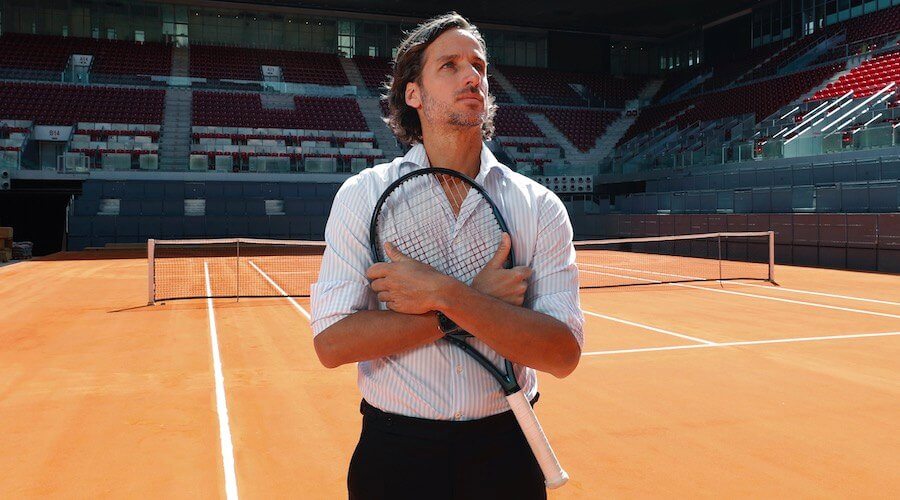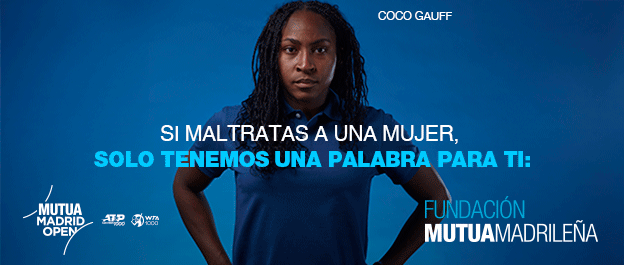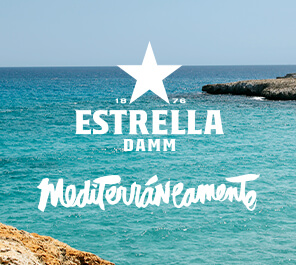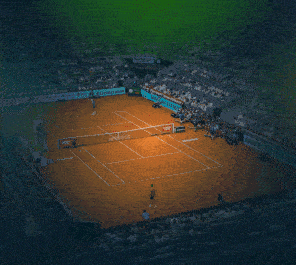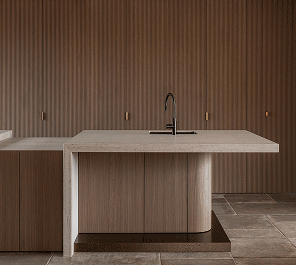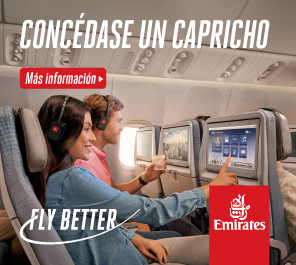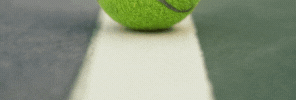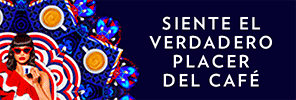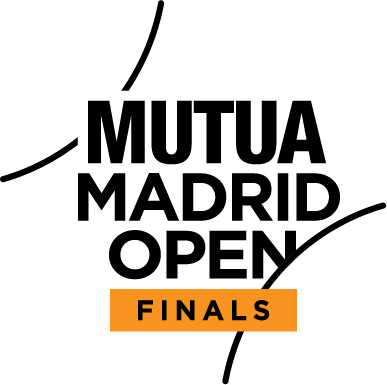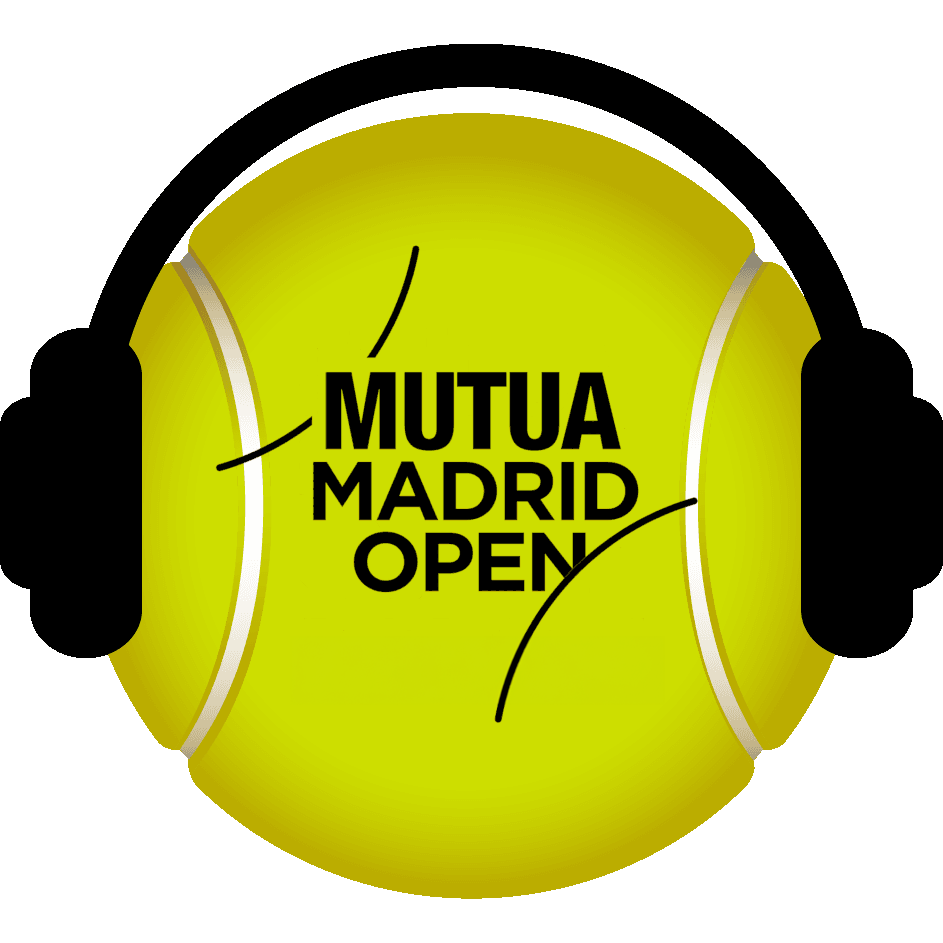Feliciano López is embarking on his fourth edition — and fifth year, if you include 2020, when the pandemic forced the event’s cancellation — at the helm of the Mutua Madrid Open. It is a very special year in many ways. To him, personally, because it will be the year he says goodbye to the game as an active player. For the tournament, because it is doubling up: the 2023 Mutua Madrid Open will be twice as big. It is a year full of challenges and, therefore, hard work and excitement.
Q.- How much work has preparing for the two tournament weeks entailed?
A.- This year is a big challenge. Going from 56 to 96 players is almost doubling the number of players we’ll have and that makes it practically a Grand Slam. And you have to adapt everything so much, both here in the Caja Mágica and in the city. It’s not easy to find accommodation for them. Although Madrid has a large hotel capacity, it’s also a city in high demand for tourism. And, in the Caja we need more services so that players are more comfortable; more courts, bigger locker rooms, a bigger canteen, etc. It’s a big challenge. This year and next year we’ll have to adapt. Then, the completion of the new stadium will really help us a lot.
Q.- ‘Practically a Grand Slam’ is a big claim…
A.- It was Ion Tiriac’s dream. He always believed that this tournament deserved to be two weeks. OK, it’s impossible to be a Grand Slam because the four majors are what they are, but we can grow as much as possible within our category, and in terms of draw formats and the new Stadium, we are reaching the limit. I think that’s the amazing thing about this tournament, the way it has grown. First just men, in the Rockodrome, then the Caja Mágica, men’s and women’s tournaments, now two weeks…
Q.- It is a big leap in quality.
A.- It’s a combination of many things. The people that work here, and many have been here since day one, are phenomenal and they have worked so hard, each in their own department to bring the tournament to where it is now. And also the help of the city and all the companies that have collaborated. The tournament’s first mayor, Álvarez del Manzano, believed in the project and it wasn’t an easy idea to sell, because it had been many years since elite tennis had been in Madrid. We have to be eternally grateful to Manolo Santana for achieving it. Since then, every mayor and mayoress has been very good to the tournament. I think that the most substantial change was bringing the event to the Caja Mágica. There’s only one other place in the world, Australia, with three stadiums with roofs.
Q.- How many people might the Mutua Madrid Open bring to Madrid as part of the tournament? Because we’re talking about 96 players per singles draw, but each player brings their team, some of which are big…
A.- We still don’t know. But it is true that today players travel with many more people. When I started on the tour you’d travel with your coach at the most, very few players travelled with a fitness coach because they couldn’t afford it. Now they are with a fitness coach, a physio, mum, dad, psychologist, etc. It’s difficult to find accommodation for so many people. It’s not easy even for a tournament like this. I think we’ll have to produce double the previsions we’ve had in previous years.
Q.- The ATP, the WTA, the sponsors, the official bodies, the players, the fans, etc. all play a role in this tournament. Is it difficult as director to maintain a balance that everyone can agree on?
A.- No. Honestly, those people make it easy. The part I’m most familiar with is dealing with the players. I know many of them personally and that makes things a little easier. We’re very grateful to the City Council for everything. All the mayors and mayoresses there have been. It started with Álvarez del Manzano, but there have been many in the city from different groups and parties and we’ve always felt supported by them. And we’ve had, and have, great sponsors. We mustn’t forget that the combination of the fans and the private companies is what allowed us to get to where we are today. Everyone who has joined us has stayed; Mutua Madrileña, Cosentino, Rolex, etc.
The Mutua is a great product, what we offer to sponsors is something different to the rest of the tournaments on tour. We establish a relationship that is more than purely commercial, to the point that they become friends, not just paying for a box, a sponsor, bringing their clients… I think we’ve managed to create a friendship. And a very special product where everyone is happy, sponsors, players, fans…
Q.- What does the tournament do to get a sense of the fans’ needs?
A.- The spectators are fundamental for us. We owe everything to the fans and we try to give them the best service in every way, as well as offering them the best tennis in the world. We want them to have the chance to have a family day out here and have things other than tennis. You come as a spectator, watch matches and have a look around, there are shops, good catering… I think tennis tournaments can’t survive on the game alone. There must be other attractions around. People come here with their children, older people who can’t watch the tennis for eight hours and need somewhere to rest. We have concerts… I think the concept of the Mutua Madrid Open is different and they try to replicate it elsewhere. We want the spectator to have the best experience possible. The tournament office is open all year, thinking about how we can improve.
Q.- Was it difficult to go up a floor at the Mutua? That is, from the locker room, which is downstairs, to the office on the first floor.
A.- In a way it was the most radical change I’ve experienced. From being on my own, thinking about practice, taking care of my own matches, my own life, I’ve gone to working with other people, sharing ideas, relying on things I can’t control, learning so many new things I had no idea about… But I was lucky because the people here are incredible and they have treated me very well from the start and they make a lot of things easier. Then every department has a head. The work is very well distributed and they make my work easy. I’m not the boss here, not even close. I’m just another member of staff who is here to learn. And that also makes you realise what goes into a tournament like this. Things you don’t see as a player maybe because of selfishness, other times through ignorance, or simply because you’re not thinking about a lot of it.
Q.- What sort of things do players request when they arrive at tournaments?
A.- We tennis players are very demanding. It’s true that the standards at this tournament are very high. There are three or four fundamental things here: the accommodation, that the transport is quick, the food, and the condition of the courts. At the end of the day, as a player you want to play on a good court, to be able to eat and rest well, and for the trip from the hotel you’re staying in to the club not to be too long.
Q.- In that regard, is there any difference between the men and women?
A.- None. And, as it should be, the tournament is treated equally. There is no difference in any way. I think some years a little more has even been paid. They share the same areas, apart from the locker room. There are no differences at all.
Q.- Are there any anecdotes you can tell us about day to day goings on at the tournament?
A.- There are many anecdotes. It’s a long tournament, a lot of things happen, some are unexpected. Like you get up one day and you have a message that your best player is ill and won’t be playing, for example. We work hard to make everything perfect, so that the players have the best experience possible, so that the sponsors are happy. But there are things you cannot control, so things happen. Many unexpected things come up… But we have the help of the ATP and WTA, who have people that have been working in this field their whole lives and they have quick solutions for these things. In this regard, I think we’re well covered and prepared.
Q.- Will you feel at all nostalgic when you see other players taking to the court on your last year on tour?
A.- The same as other years. I would have liked to play here one last time, but also at the time when I decided to accept the challenge of being director, I was aware that I would never play this tournament again, because you cannot be the director of the tournament and play in it. It’s true that every year I get the urge to play, but I can handle it, there’s just a longing to play here. But I’ll also feel that in ten years, because it never leaves you.
Q.- In the early years, Feliciano López was one of those players that always had the potential to cause an upset. What are your memories of that time?
A.- There’s one match that stayed with me, that really tough one against Agassi. Manolo gave me an invitation to play and I’ll always be grateful for that. At the time I was a young boy, wanting to be a professional, but my ranking wasn’t high enough to make it into the main draw. And Manolo, who has always been a person who really believed in me, gave me an invite. Imagine, a Masters 1000 in Madrid, the city where I lived and at that point of my career. It was then I said, “wow, I really can play against the best players in the world”. And I remember that match particularly well, because despite losing it, it made me realise that I could compete with the best. It was a real moment, a turning point in my career. Madrid, with the packed stands shouting my name, that gave me a lot of strength.
Q.- Do you get time to watch much tennis?
A.- In general, no, I don’t watch much tennis, but I do enjoy watching certain players or matches. For example, I normally watch Rafa’s biggest matches. Now, I also follow Carlitos Alcaraz. And Tsitsipas, who I like and have a good relationship with, we’ve played doubles together. There aren’t so many players today that I like enough to want to watch on television, because of the style of play. Tennis changes through the years. It’s a little different to what it was before, but there are certain players that I like and I think are worth watching.
Q.- One last question, the Big 3, Nadal, Federer and Djokovic, would you say there’s one characteristic they have in common?
A.- That they’re all competitive animals, each with their own style.
